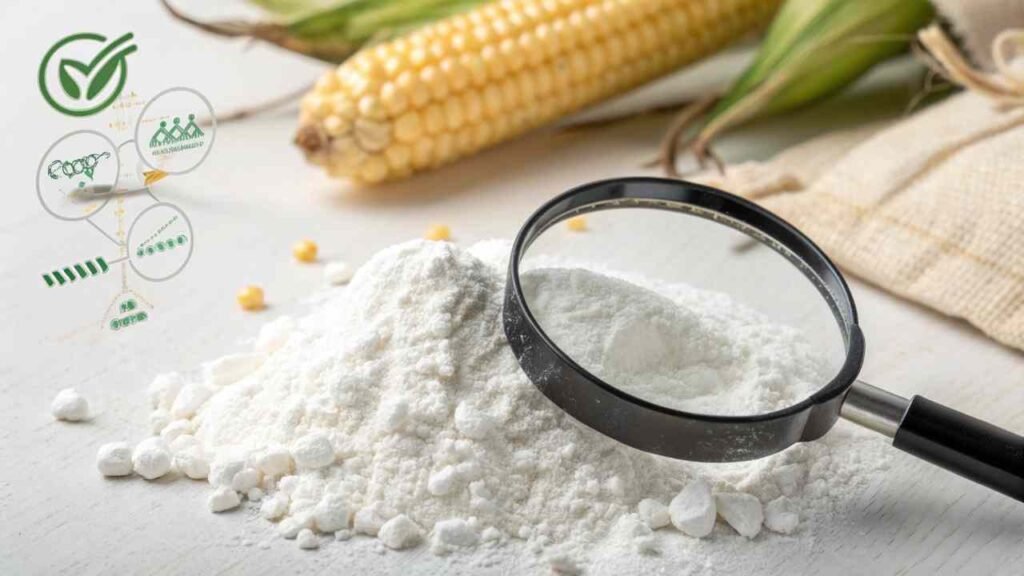Struggling to find reliable dextrose suppliers? Worried about quality variations and certifications? Let's identify the key factors influencing dextrose sourcing and ensuring top quality.
Key factors include manufacturer sustainability practices, available grades (food, pharma), price trends influenced by raw materials and logistics, proper storage conditions for shelf life, and adherence to purity standards.
Sourcing dextrose well goes beyond just price. Quality, consistency, certifications, and logistics are paramount to avoid costly issues. Let's break down what influences dextrose sourcing and quality.
How can purchasers assess the sustainability practices of dextrose manufacturers?
Want to source responsibly? Unsure how to verify a dextrose supplier's sustainability claims? Let's explore ways to assess manufacturers' environmental and social practices.
Check sustainability via certifications (ISO 14001), reports, audits, and asking about resource efficiency (water/energy), waste handling, and ethical corn sourcing policies.
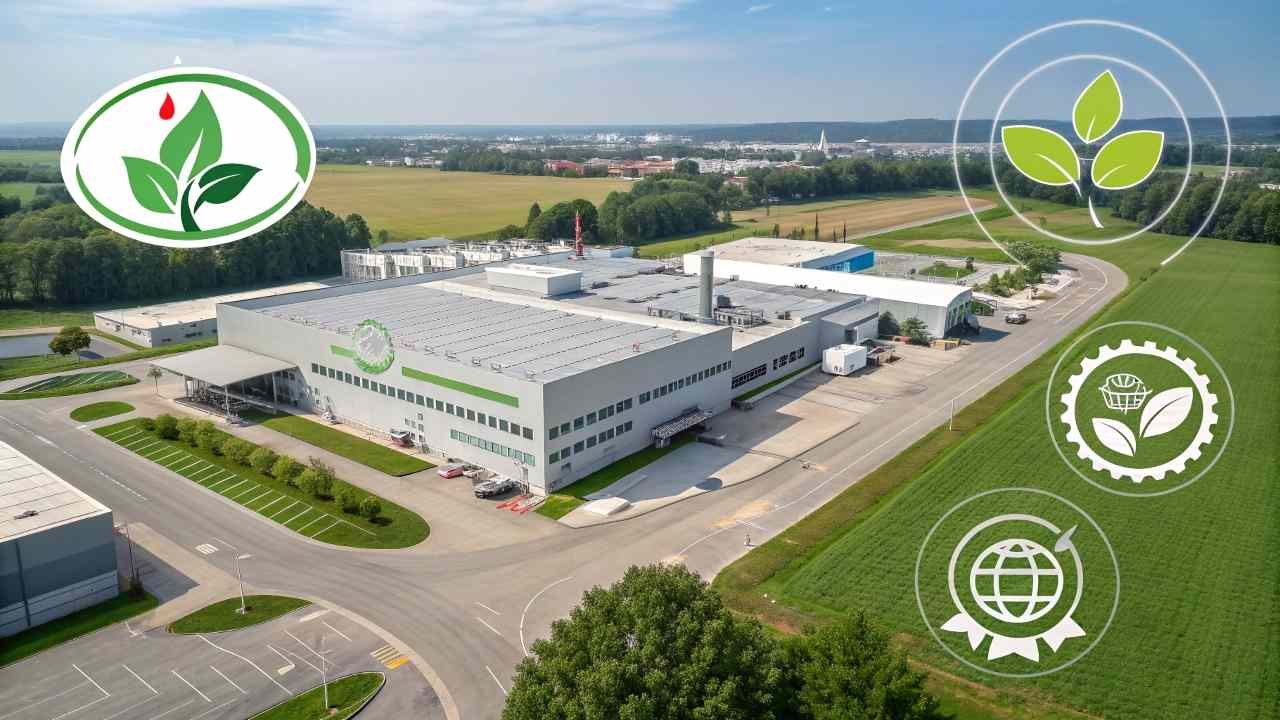
Sustainability matters for market access and reputation. Assess suppliers by:
- Certifications: Look for ISO 140011 (Environment), Sedex/SMETA2 (Ethics), ISO 500013 (Energy), or sustainable corn sourcing proof. These provide third-party validation.
- Reports: Review published Sustainability/CSR reports for data on resource use (water, energy), waste reduction, and supply chain policies. Look for specific targets and progress.
- Audits: Consider audits (yours or third-party) for direct verification of practices.
- Direct Questions: Ask about water treatment, energy efficiency, waste programs, and labor standards.
Assessment Methods:
| Method | Focus | Assurance Level |
|---|---|---|
| Certifications | Environmental, Ethical, Energy Standards | High (3rd Party) |
| Reports | Self-reported data, targets, policies | Medium |
| Audits | Direct verification | High |
| Questions | Specific policies & practices | Medium |
At FINETECH, while our primary focus is streamlining selection based on quality, price, and delivery, we understand the growing importance of sustainability. We work with major Chinese manufacturers, many of whom hold key certifications like ISO 14001, and can facilitate obtaining relevant documentation for our clients.
Are there different grades of dextrose available for purchase?
Is all dextrose the same quality? Need specific purity for food vs. pharma? Let's clarify the common dextrose grades available.
Yes, dextrose comes in different grades, mainly Food Grade (FCC), Pharmaceutical Grade (USP/EP), and Industrial Grade, each with specific purity standards for its intended use.
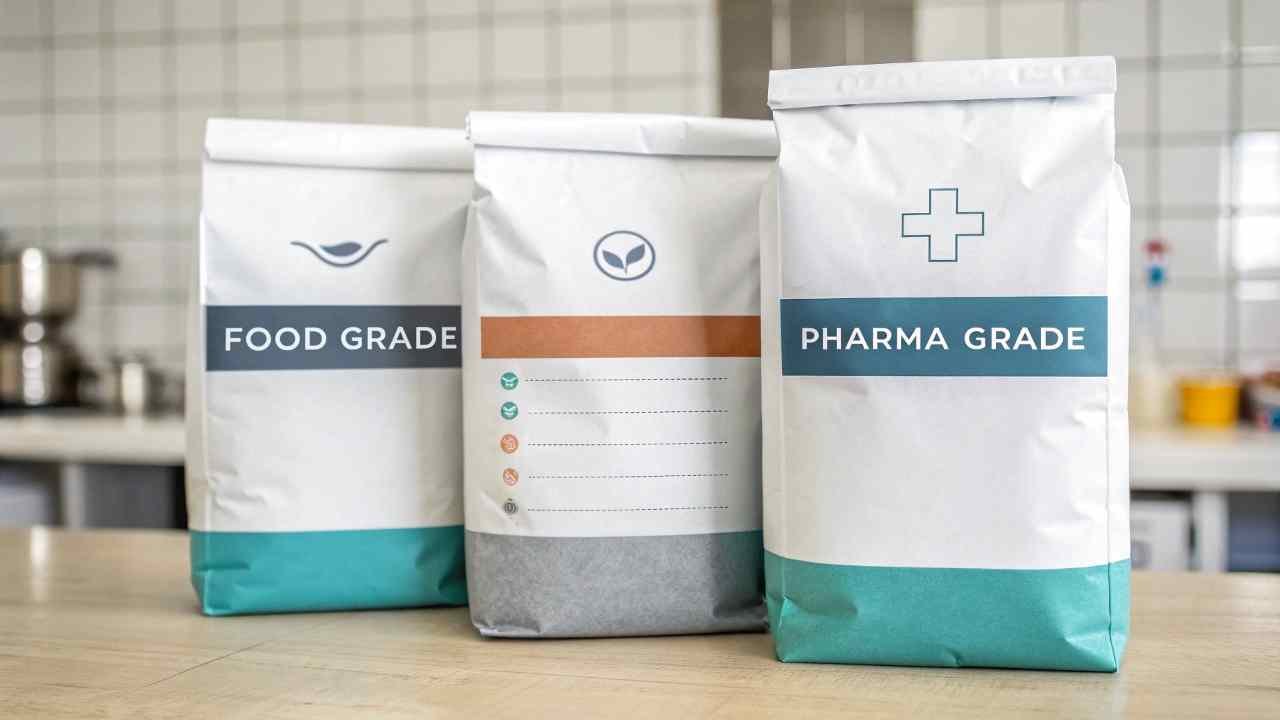
The grade needed depends on the final product. Using the wrong grade causes problems.
- Food Grade: Meets FCC or similar specs. Used in beverages, candy, baking. Focus on safety for consumption (heavy metals, micro limits).
- Pharmaceutical Grade: Meets USP/EP/BP specs. Stricter purity limits (impurities, endotoxins for IV). Used in medicines, IV fluids. Requires higher GMP.
- Industrial Grade: Less strict purity. Used in non-food/pharma applications like fermentation for chemicals, adhesives.
Grade Comparison Summary:
| Grade Type | Key Standards Met | Purity Level | Key Differences from Food Grade | Common Applications |
|---|---|---|---|---|
| Food Grade | FCC, National Food Regs | High | Baseline for human consumption | Beverages, Confectionery, Baked Goods |
| Pharmaceutical | USP, EP, BP | Very High | Stricter impurity limits, endotoxin testing (IV) | IV solutions, Oral medications (excipient) |
| Industrial Grade | Manufacturer Specs | Lower | Less focus on consumption safety impurities | Chemical fermentation, Adhesives, Textiles |
FINETECH ensures clarity on specifications and provides CoAs demonstrating compliance with the required standard.
What is the price trend of Dextrose Monohydrate?
Trying to budget for dextrose purchases? Wondering what drives price changes? Let's look at the factors influencing Dextrose Monohydrate price trends.
Dextrose Monohydrate prices fluctuate based on corn prices (primary raw material), energy costs for production, global supply/demand dynamics, logistics expenses, and currency exchange rates.
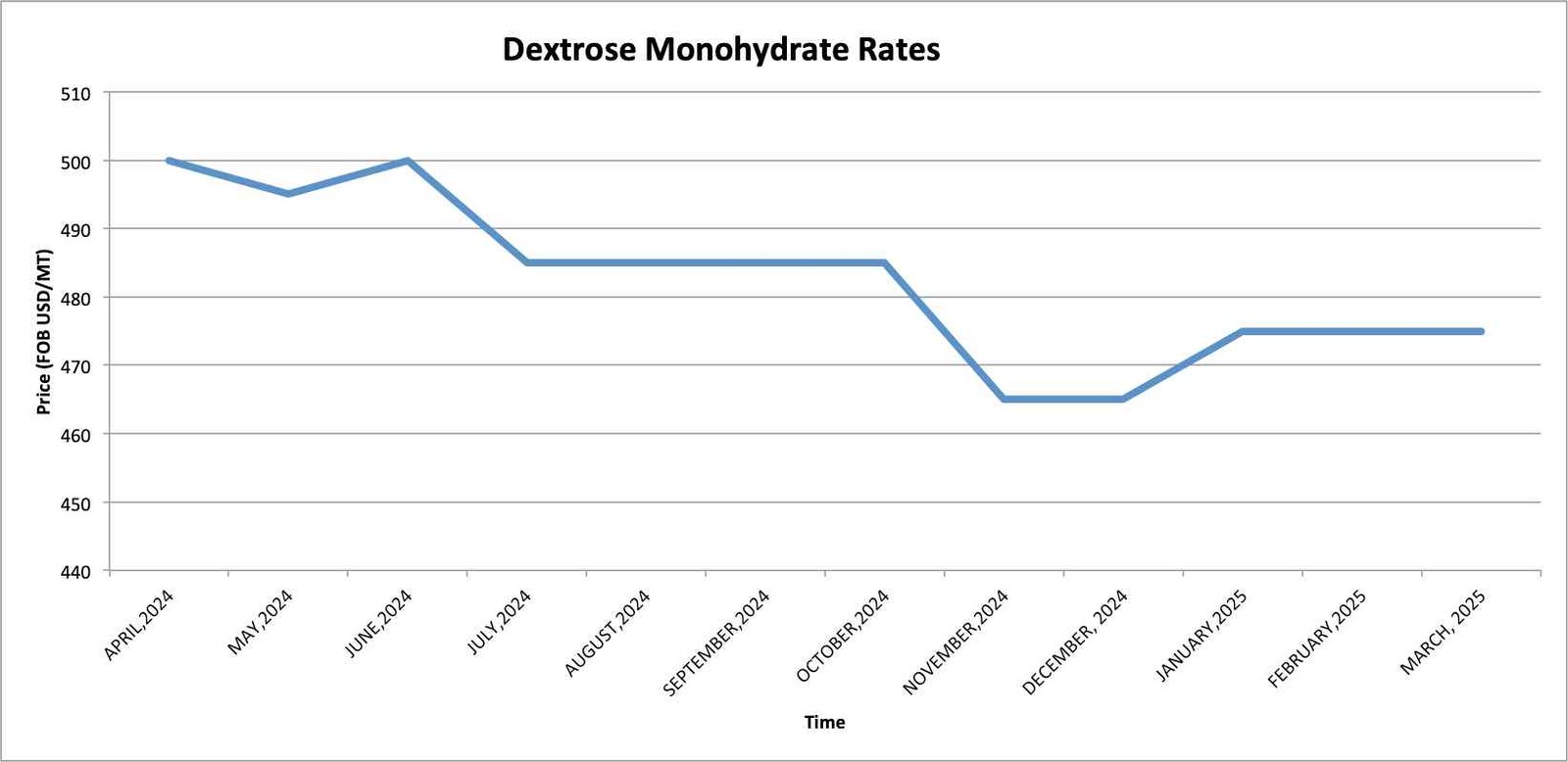
Dextrose prices fluctuate due to several global factors:
- Corn Prices: Biggest factor. High corn price = high dextrose price. Driven by weather, biofuel demand.
- Energy Costs: Production is energy-intensive. Higher energy prices increase costs.
- Supply/Demand: Market balance affects pricing. High demand or tight supply raises prices.
- Logistics: Ocean freight and trucking costs significantly impact delivered price, especially for imports/exports. This has been very volatile.
- Currency Rates: Exchange rates affect import/export pricing.
Key Price Drivers:
| Factor | Impact Direction | Volatility Source |
|---|---|---|
| Corn Price | Directly related | Agriculture Markets |
| Energy Costs | Directly related | Energy Markets |
| Supply/Demand | Inverse (supply), Direct (demand) | Market Dynamics |
| Logistics | Directly related | Freight Markets |
| Currency | Depends on pair movement | Forex Markets |
While short-term prices fluctuate, the long-term trend often follows general commodity and energy market movements. FINETECH monitors these factors to offer competitive pricing and manage supply chain risks.
How do storage conditions impact the shelf life of dextrose powder?
Want to ensure your dextrose stays usable? Worried about clumping or degradation during storage? Let's discuss how storage conditions affect dextrose quality over time.
Proper storage in cool, dry conditions with intact packaging is crucial. High humidity causes caking/lumping, while high temperatures can potentially cause discoloration. Improper storage shortens shelf life.
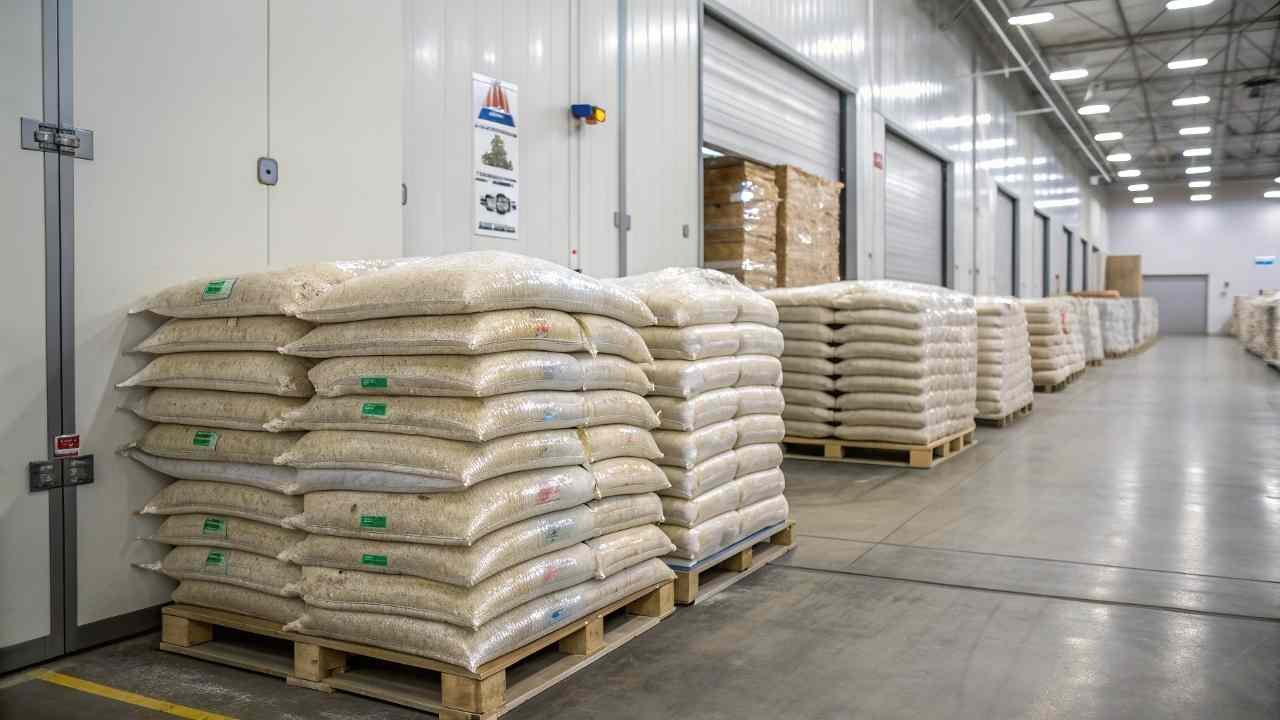
Dextrose Monohydrate is stable (often 2+ year shelf life) if stored correctly. Poor storage ruins quality.
- Humidity: Critical. Dextrose absorbs moisture easily (hygroscopic4), leading to hard caking and lumping. Keep RH low (<60-70%) and bags sealed.
- Temperature: Store cool (<25-30°C), avoid heat sources. High heat might cause slight yellowing over long periods. Stable temps are best.
- Packaging: Must be intact (multiwall bags with liners) and well-sealed to block moisture.
- Environment: Clean, dry, pest-free warehouse conditions are essential.
Storage Recommendations Summary:
| Condition | Ideal Parameter | Negative Impact if Poor | Prevention Strategy |
|---|---|---|---|
| Humidity (RH) | Low (<60-70%) | Caking, Lumping, Potential Microbial Growth | Store dry, keep bags sealed, use dehumidifiers. |
| Temperature | Cool (<25-30°C), Stable | Discoloration (extreme heat), Moisture Migration | Avoid heat sources, direct sun, ensure ventilation |
| Packaging | Intact, Well-Sealed | Moisture ingress, Contamination | Inspect bags on arrival, handle carefully, re-seal |
| Environment | Clean, Pest-Free | Contamination, Product Loss | Good warehouse hygiene, pest control program |
By adhering to these storage guidelines, the quality and usability of dextrose powder can be maintained throughout its intended shelf life, ensuring consistent performance when used in food production. FINETECH works with manufacturers using robust packaging and advises clients on best storage practices.
Are there emerging alternative biological or chemical routes for dextrose synthesis?
Curious about the future of dextrose production? Are scientists exploring ways beyond traditional corn starch hydrolysis? Let's touch upon potential alternative synthesis methods.
Research explores using non-food biomass (wood, straw) or even CO2 via enzymes or electrochemistry. However, current starch hydrolysis remains dominant due to cost and purity challenges with alternatives.
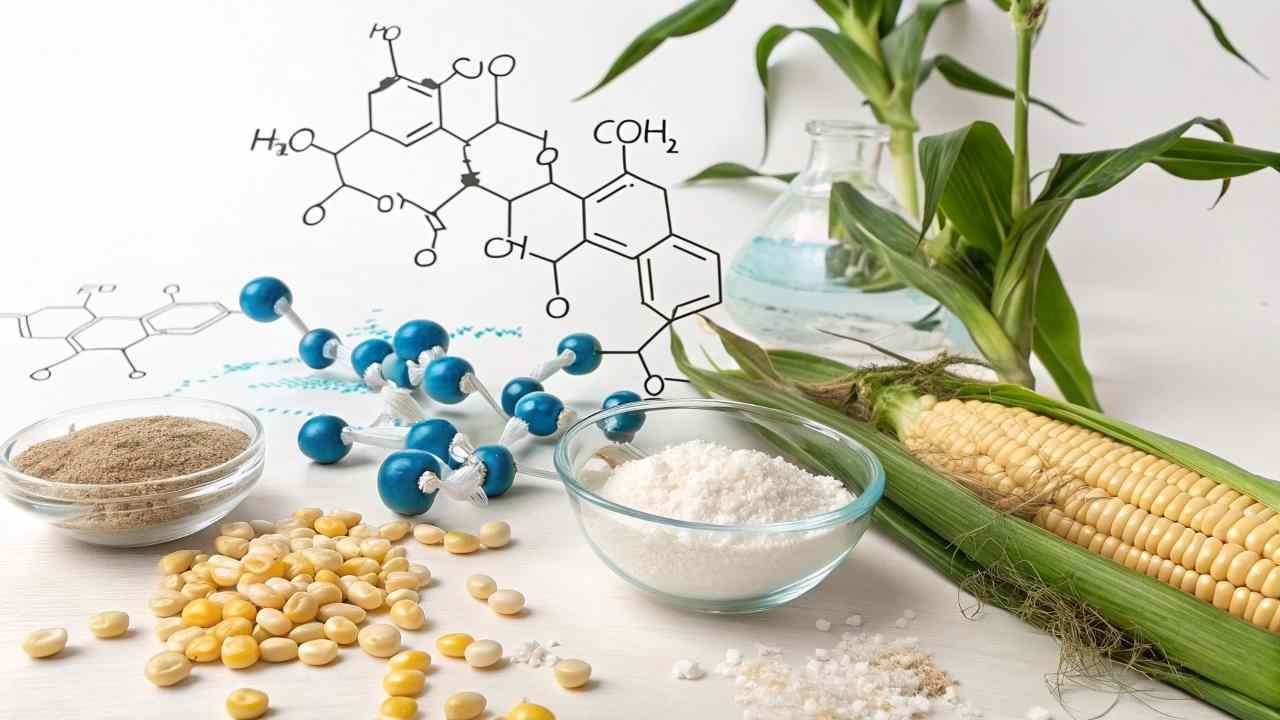
While today's method (enzymatic hydrolysis of starch) is efficient, research looks at alternatives for sustainability reasons:
- Cellulosic Biomass: Using wood, straw, or agricultural waste. Challenge: breaking down tough cellulose efficiently and achieving food-grade purity cost-effectively. Primarily targeted for biofuels now.
- Direct Synthesis (CO2, etc.): Electrochemical methods to convert CO2 to sugars are very early-stage, long-term concepts.
- Improved Enzymes: Making the current starch process even more efficient.
Alternative Routes Status:
| Approach | Source | Status for Food Grade Dextrose | Key Challenge |
|---|---|---|---|
| Cellulosic Hydrolysis | Wood, Straw | Challenging Purity/Cost | Tough Feedstock |
| Electrochemical | CO2 | Experimental / Future | Efficiency, Scale |
| Improved Starch Enzymes | Corn Starch | Ongoing Improvements | Optimization |
For the foreseeable future, enzymatic hydrolysis of starch5 (primarily corn starch) remains the dominant and most cost-effective method for producing the vast quantities of food-grade dextrose needed globally. While alternative routes offer long-term potential, especially from a sustainability perspective, significant technical and economic hurdles need to be overcome before they can compete commercially for food applications. FINETECH continues to source high-quality dextrose produced via the proven, efficient starch hydrolysis route.
Conclusion
Quality dextrose sourcing requires evaluating sustainability, grade, price factors, proper storage, and understanding that current production methods prevail while alternatives develop slowly for food applications.
-
Explore this link to understand how ISO 14001 certification can enhance your environmental management practices and provide third-party validation. ↩
-
Discover how Sedex/SMETA can help your business demonstrate ethical sourcing practices and improve supply chain transparency. ↩
-
Learn about the benefits of ISO 50001 certification in optimizing energy use and achieving sustainability goals. ↩
-
Exploring hygroscopic substances can provide insights into moisture management in various applications. ↩
-
Understanding enzymatic hydrolysis of starch can provide insights into its role in food production and sustainability. ↩

